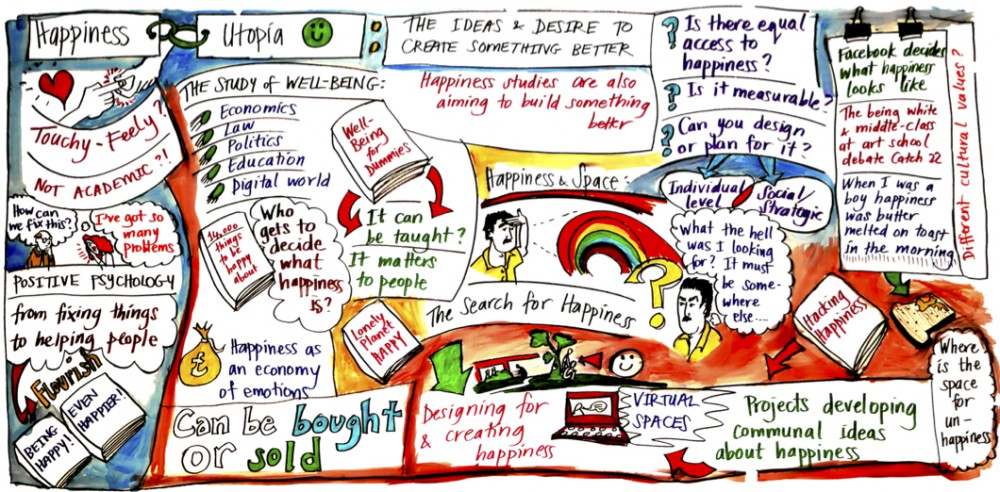The Happiness Archive (Sara Ahmed, The Promise of Happiness, 2010)
“I want to attend to how happiness is spoken, lived, practiced: happiness, for me, is what it does” (15).
In The Promise of Happiness, Sara Ahmed explores “a ‘happiness archive’: a set of ideas, thoughts, narratives, images, impressions about what is happiness” (15).
Over the course of this semester, we will contribute to this project of critically examining how “[H]appiness shapes what coheres as a world” (2).
This semester, for both ENG 1101 and HUS 1101 classes, you will blog often, contributing to the archive by providing examples of “happiness” in the world in which you live, in the texts we explore together, and in your own lives. As Ahmed states, “[t]he media are saturated with images and stories of happiness” (3). Like Ahmed, you will “track the word happiness, asking what histories are evoked by the mobility of this word.” You will “follow the word happiness around,” ”notice what it is up to, where it goes, who or what it gets associated with” (14).
Don’t simply point out an example though. Dig deeper, and analyze it by isolating “everyday habits of happiness and consider[ing] how such habits involve ways of thinking about the world that shape how the world coheres” (15).
Make sure to answer the “so what?” question by making claims about your examples. Pursue “not only what makes happiness good but how happiness participates in making things good” (13).
The Imaginary Reconstitution of Society (Ruth Levitas, Utopia as Method: The Imaginary Reconstitution of Society, 2013)
“Utopia as method has three modes. The first is an archaeological mode, piecing together the images of the good society that are embedded in political programmes and social and economic policies. The second is an ontological mode which addresses the question of what kind of people particular societies develop and encourage. What is understood as human flourishing, what capabilities are valued, encouraged and genuinely enabled, or blocked and suppressed, by specific existing or potential social arrangements: we are concerned here with the historical and social determination of human nature. [. . .]. The third is an architectural mode – that is, the imagination of potential alternative scenarios for the future, acknowledging the assumptions about and consequences for the people who might inhabit them. These in turn must be subject to archaeological critique, addressing the silences and inconsistencies all such images much contain, as well as the political steps forward they imply.”



